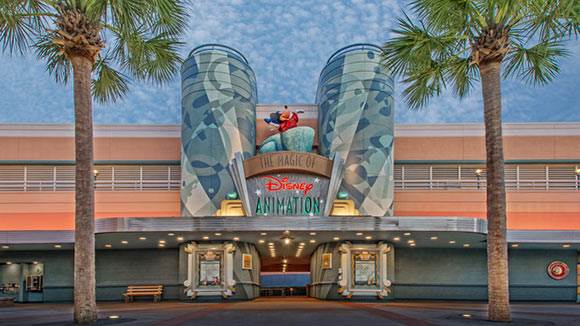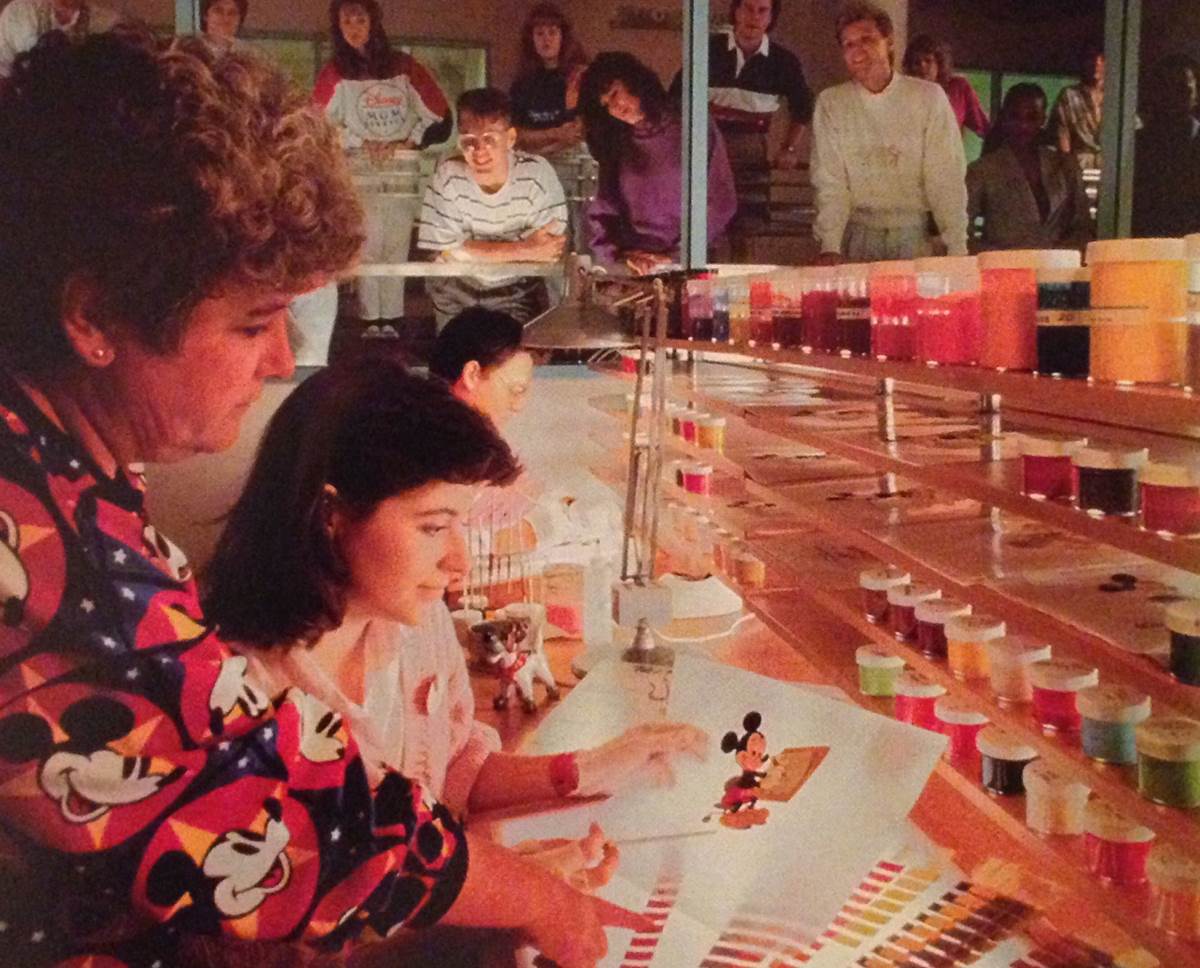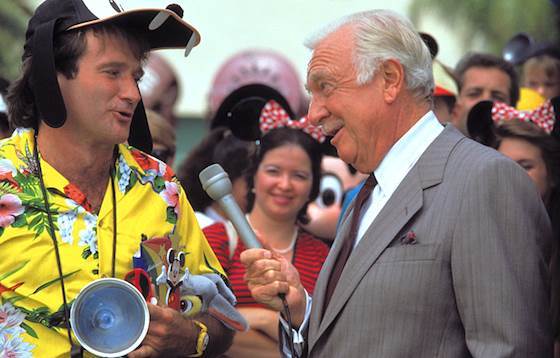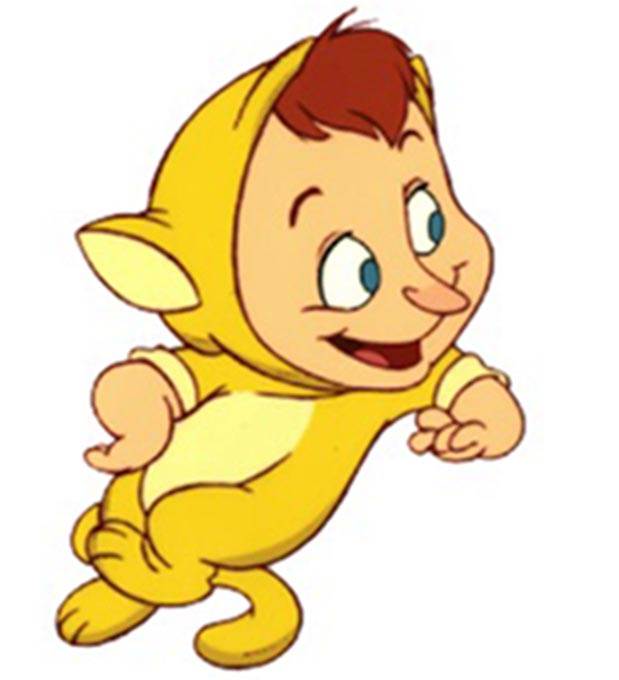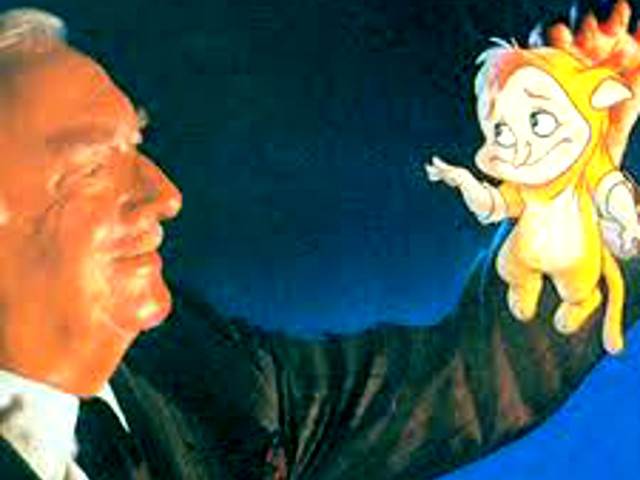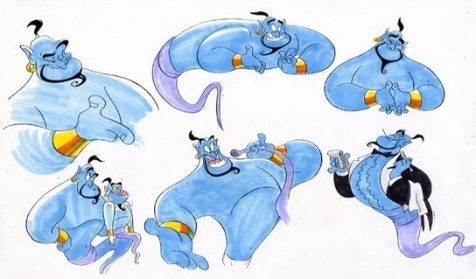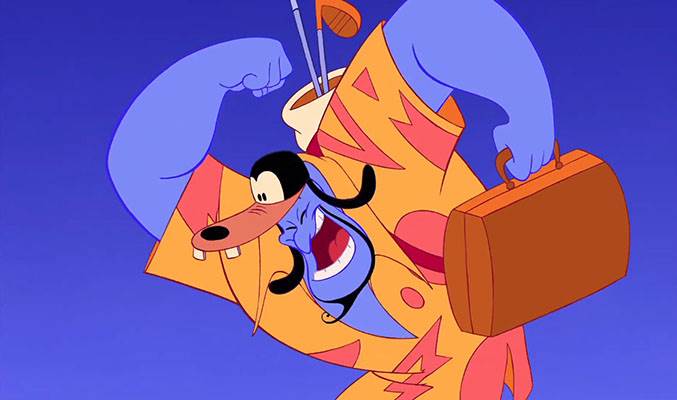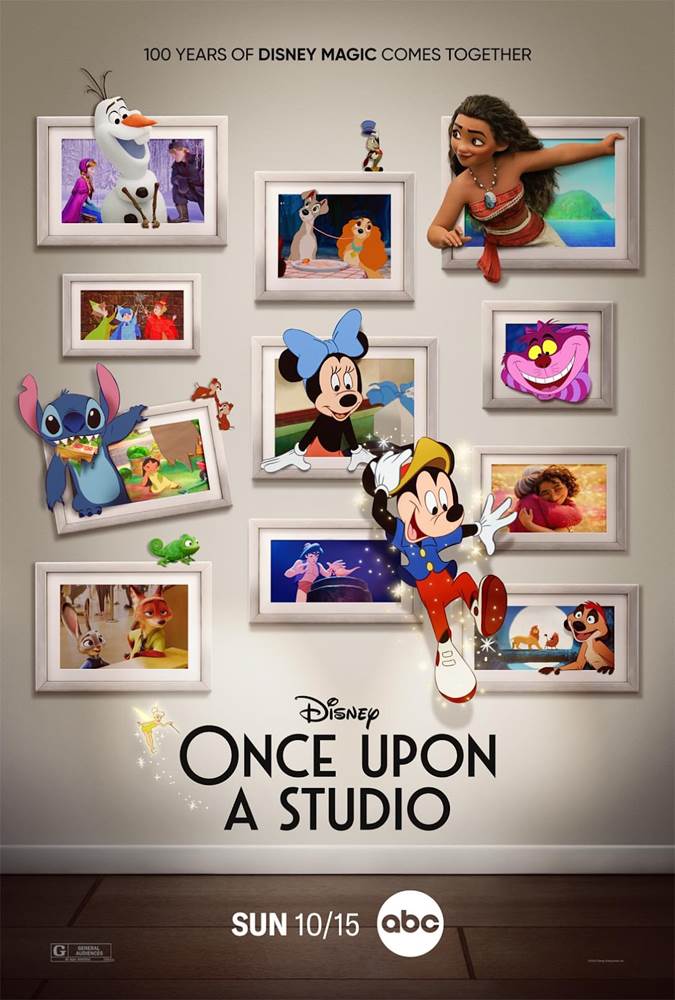As we inch closer to the 100th anniversary of the Walt Disney Animation Studios, I wanted to share with you what is quite possibly the greatest Easter Egg in the studio’s history. While Pixar Animation Studios might be more known for this than Disney, with their recurring homages like the Pizza Planet Truck or Luxo Ball, that doesn’t mean that Walt Disney Animation Studios doesn’t either. While hiding things in the film as fun treats for viewers to find has only increased in recent years (thanks to the pause button, and the ease of recycling CG models into newer productions) they have been around for quite awhile.
For example, in The Hunchback of Notre Dame, there is a single shot where eagle-eyed viewers can not only catch Belle walking through a square, but also Pumbaa and Magic Carpet as well. In 1994’s The Lion King, passive dialogue from Zazu suggests that Scar would make a very nice throw rug – exactly what happens in 1997’s Hercules. But there is one easter egg from the studio that actually spans across different divisions of the company, and it might just be the greatest one they ever pulled off.
In 1989, the Disney-MGM Studios opened as the third theme park at Walt Disney World. The idea (at that time) was that the park would celebrate classic films and the “Hollywood that never was but always will be,” but also show park guests an inside-look at the production of major motion pictures and television shows.
As part of that idea, an extension of the iconic animation department, then known as Walt Disney Feature Animation, would be built at the new park and become Walt Disney Feature Animation Florida (WDFAF). As originally intended, this studio was designed to work on smaller projects and short features and provide support on larger productions based out of the main animation studio in California.
Seeing as not only did the studio provide actual content, it also served as an attraction at the park. So guests would, in theory, always be seeing some kind of animation work being done. The attraction provided guests to (quite literally) peek over the shoulders of working animators via glass-enclosed hallways that winded their way through the facility.
Guests visiting the attraction would first enter a theater that showed the short film, Back to Neverland, that served as an introduction to the art of animation and all of its processes. The film starred Walter Cronkite and Robin Williams.
The latter played a version of himself as a tourist visiting the park and is taken by Cronkite to tour the animation studio. Hardcore Disney fans might compare this to the classic, The Reluctant Dragon, where a curious Robert Benchley is being toured around the studio for the production of an animated film.
While being shown the processes Robin becomes quite animated himself, entering the world of Peter Pan with a look that would put him amongst the Lost Boys.
From there, we are taken through each of the processes, including how inkers and painters would color scenes, unless you went several years after opening when it was updated to show how computers would be used for scene coloring.
After the short film is finished, guests then move into the studio where they see the animators hard at work. There were also screens throughout that would feature the pair once again explaining, with more specifics, what work was taking place directly in front of them. Not an explanation of the project they were working on, you know, that whole proprietary thing, just more about the animation process.
Needless to say, on slower days especially, the voices of Walter Cronkite and Robin Williams would be heard constantly by the animators working in the view of guests. Remember, the park opened to guests in 1989 with the studio becoming operational shortly before. This was very early in what would become known as the Disney Renaissance, at a time when not only were Disney’s animated films box office smash hits, they were essentially a cultural phenomenon. As such, production ramped up in both Burbank and Florida, and there was a new project in production – Aladdin.
Set for release in 1992, the film went through several drafts before landing on the version which the studio would fully produce. That one sees the titular Aladdin discover a magic lamp after being swindled by the evil Jafar. From there, he rubs the lamp and unleashes a comedic genie that will grant three wishes – one of which used to help the kingdom’s princess to fall in love with him. The cast acquired for the film? Full House’s Scott Weinger, Comedian Gilbert Gottfried, Linda Larkin, Jonathan Freeman, and oh – Robin Williams.
While the bulk of the production of Aladdin took place in California (along with other films in development at the time), it fell upon the Florida studio to take the reins of certain scenes in support of the film and to make those deadlines. One of those sequences? Why it’s the finale of the film, where Aladdin uses his last wish to set Genie free. Those animators thought it would be rather fun to pay homage to the version of Robin Williams that they were all too familiar with, dressing Genie in the exact outfit that Robin is wearing in the first portions of Back to Neverland, right down to the Goofy hat.
And even better, the joke does double duty. If you had no idea about the outfit, Back to Neverland, or the Magic of Disney Animation Tour at the park, it's still funny to see the Genie dressed as a cliche tourist as he sets out for his well-earned vacation after eons of master/genie servitude. If you DID note the reference, it’s that much more hilarious.
Today, the Florida studio and animation tour have long since been closed, having been replaced by an interactive animation experience that itself was closed to make way for the Star Wars Launch Bay. WDFAF had actually been expanded as well, with more production taking place at the studio, including three full-length features: Mulan, Lilo & Stitch, and Brother Bear.
Where this gets more fun, we are now literally hours away from the 100th Anniversary of the Walt Disney Animation Studios, and to celebrate, a new short will be aired on ABC (and likely later on Disney+) – Once Upon A Studio. According to Disney, “An all-star ensemble of beloved characters from Walt Disney Animation Studios come together in Once Upon a Studio for a joyful, entertaining and emotional reunion as they assemble for a spectacular group photo to mark Disney’s 100th anniversary. Featuring 543 characters from more than 85 Disney feature-length and short films, Once Upon a Studio welcomes heroes and villains, princes and princesses, sidekicks and sorcerers—in all-new hand-drawn and CG animation—to celebrate 10 decades of storytelling, artistry and technological achievements.” While the appearance of Genie is likely, wouldn’t it be something if one of those other 542 characters promised were from Back to Neverland? It would be a great full circle moment for this story.
no obligation quote from MouseFanTravel.com

